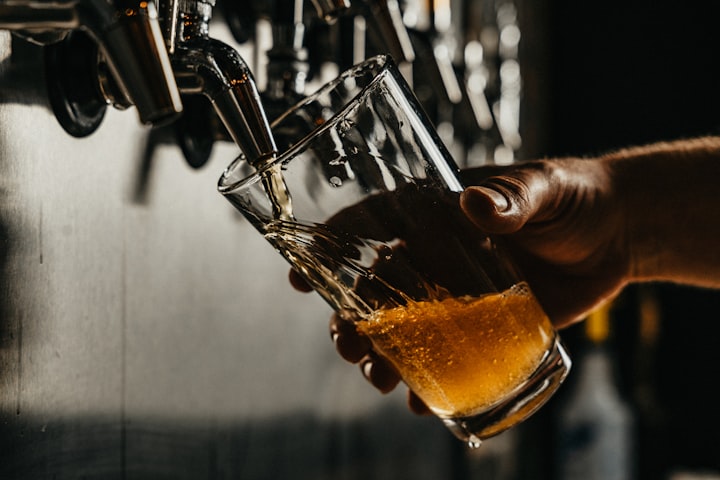Unearthing the Enigma of Homemade Prison Wine
A Definitive Guide to Crafting Your First "Toilet Batch"

Today, we're venturing into a realm less explored, immersing ourselves in the intriguing world of homemade prison wine, also known as "Toilet Batch". As we embark on this journey together, remember to view this as an exploration of a unique subculture, not an endorsement of illicit activities.
Understanding Prison Wine: A Symbol of Resourcefulness
First things first, let's establish what prison wine, or "pruno" as inmates call it, truly represents. Born within the stifling confines of prison walls, this peculiar brew is a testament to human ingenuity and resourcefulness when faced with scarcity. It's a symbol, a mirror reflecting a harsh reality where needs drive innovation, even if in a less-than-ideal, not to mention illegal, manner.
Breaking Down the Basic Ingredients: What Goes into the Brew?
In the world outside prison, winemaking is an art involving grapes, specialized yeast, barrels, and precise timing. Inside, it's a different story altogether. There are no vineyards, no wine presses, and certainly no oak barrels. Instead, we see a stripped-down version of winemaking where apples, oranges, canned fruit cocktail, sugar, bread (for yeast), and water comprise the makeshift ingredient list. The result? A brew that's miles away from the Merlots and Chardonnays we know, but one that tells a far more compelling story of survival and inventiveness.
Crafting the Concoction: An Illustrative Overview
Now, let's delve into the process of crafting this infamous brew. Remember, this is for illustrative purposes, and under no circumstances should this be attempted at home.
Step 1: The Fruit & Sugar Mixture
Begin with your chosen fruit - it could be fresh apples from the mess hall or canned peaches from the commissary. Mash it up, throw in some sugar, and you've got the basic foundation for your wine. This mixture provides the sugar needed for fermentation, the process that eventually leads to alcohol.
Step 2: The Art of Fermentation
Next, bread is introduced into the mixture. Why bread, you ask? In the absence of readily available yeast, inmates ingeniously use bread as a substitute to kickstart the fermentation process. This is where the transformation begins.
Step 3: Brewing, the Waiting Game
Once the mixture is prepared, it's transferred to a plastic bag or similar container. It's then hidden away in a clandestine spot, often a toilet tank or under a bed, to ferment in peace. Over the next few days, the fermentation process gradually transforms the sugary fruit mixture into a crude form of alcohol.
Step 4: Patience Bears Fruit... or Wine in this Case
The brew now needs to sit undisturbed for about a week, fermenting all the while. The longer it's allowed to ferment, the stronger (and often more unpalatable) the resulting brew will be.
For a more detailed dive into this fascinating process, you might want to explore the world of prison wine further on this prison wine dedicated website.
The Allure of Pruno: Beyond the Taste
Pruno's allure isn't about its flavor (it's universally considered terrible), but what it represents. It's a testament to the indomitable spirit of humans to adapt and innovate, even in the most challenging environments.
Weighing the Pros and Cons
The pros of pruno? It exemplifies human resourcefulness and creativity when faced with limited resources. It's an anthropological phenomenon, a lesson in adaptability. But the cons, they are substantial. Brewing pruno is fraught with risks, chiefly due to its unsanitary preparation conditions. It can lead to serious foodborne illnesses, and let's not forget the legal implications. It's considered contraband within the prison system, with severe penalties if discovered.
In conclusion, while pruno serves as an intriguing glimpse into prison life, it's not something to be emulated or romanticized. Wine, in its truest essence, is the fruit of quality ingredients, time, patience, and above all, legality. So, let's raise a glass to the authentic vineyard experience, and enjoy wine as it's meant to be. This is Mike, signing off until our next adventure. Cheers!
About the Creator
Paul Austin
Paul is a noted freelance writer with hundreds of articles online and in print. Paul is motivated by regional foods. His most recent project is cataloging unique events in Michigan History. You can find more of his work at Michigan4You.com






Comments
There are no comments for this story
Be the first to respond and start the conversation.